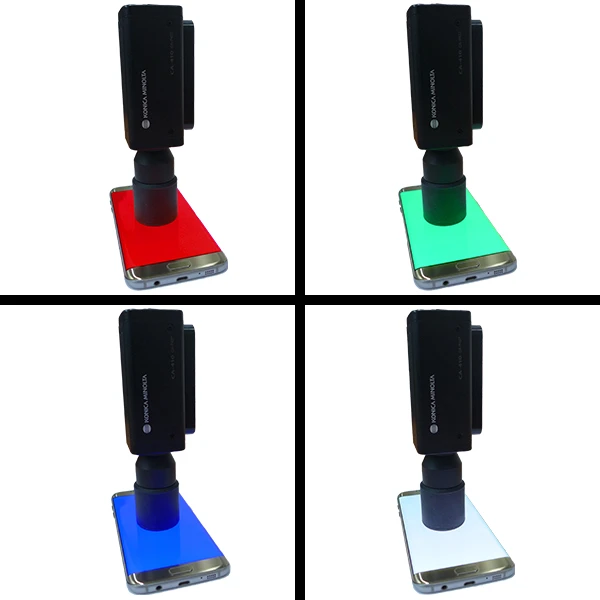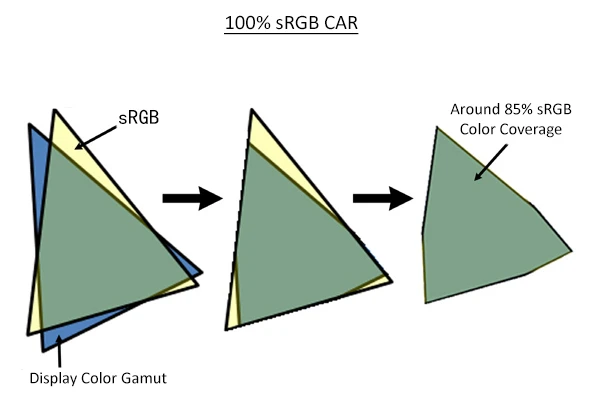Display Metrology: Display Color Gamut Evaluation

With the increase in the amount of video and image contents, user’s expectation of the color accuracy of the display has also increased. A display need a specific color gamut to accurately reproduce the colors in the content. For display device to display color accurately, evaluation of a display color gamut is necessary.
Color gamut is used to express the colors that can be reproduced within the color space defined by a triangle. The size of the triangle is determined using their most saturated primary red, green and blue colors coordinate in the color space. The commonly used color spaces used are the CIE Yxy (1931) and CIE Lu’v’ (1976) chromaticity chart while the widely used color gamut standards are the sRGB, Adobe RGB and DCI-P3.
Today’s technological advancements give rise to content which is capable achieving 100% sRGB color gamut or more. Therefore, many content producers and manufacturers have adopted DCI-P3 as the standard for color gamut. The DCI-P3 is a wide color gamut standard established by the Digital Cinema Initiatives (DCI) and comparing with sRGB, DCI-P3 is more saturated in the reds and greens.
The area of the display gamut is expressed using chromaticity area ratio (CAR). This ratio is measured by comparing the color gamut of the display against a specific color gamut standard. It is important to note that CAR is not the same as color coverage.
Konica Minolta Color Analyzer CA-410, with spectral sensitivity that closely matches the color-matching functions of CIE 1931, is capable of measuring and adjusting displays that have a wide color gamut.
Learn more about evaluating color gamut of display here.
Alternatively, you may also contact us for free consultation at (+65) 6563 5533 or click here.

